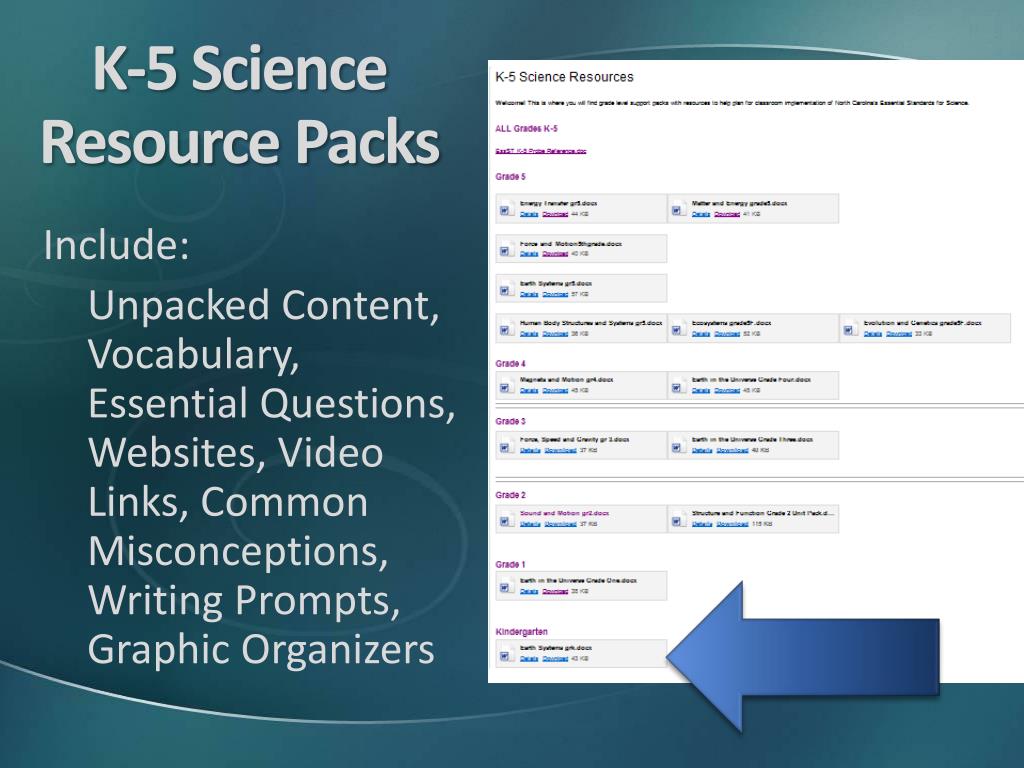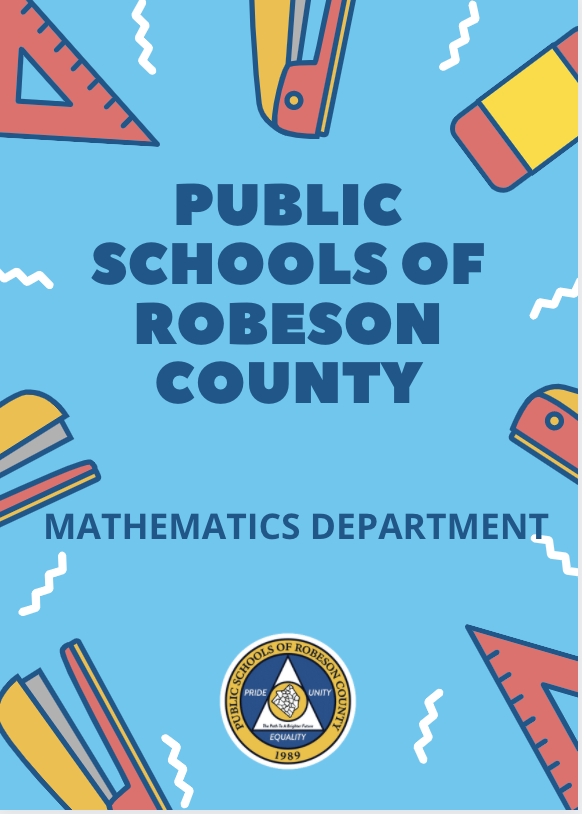


How might you ASSESS this standard? What would mastery of this standard LOOK LIKE? Cite sources properly (using MLA format).Build arguments with relevant evidence and explanation.Identify evidence relevant to particular arguments.Distinguish between argument and evidence.It is important to cite the source to give the writer credit for his/her work and avoid plagiarism, and so that the audience can find that evidence as needed. We use this skill when speaking and writing in order to convince listeners/readers about our views/ideas. We provide evidence to support arguments because no one would believe us if we didn’t we prove our points more persuasively when we offer evidence. WHY do we do this standard? What purposes does it serve? Provide properly-quoted evidence from the text to support your explanation of what the text says directly and what it implies. RIT 6.1: Cite textual evidence to support analysis of what the text says explicitly as well as inferences drawn from the text. To support teachers working through this unpacking process, I’ve created what I hope is a simple, user-friendly graphic organizer. Note: This step can be challenging to do in a vacuum it works best if teachers have specific texts in mind that they plan to use to meet these objectives. (For more information on RPM objectives, click HERE.) These objectives will lead you logically to lesson plans that set students up to meet and exceed the standards. Design RPM (rigorous, purposeful, measurable) objectives related to these skills.
#Ncdpi unpacking documents how to
The purpose here is to generate some rough ideas about how to approach the standard. For the moment, stick to general approaches don’t worry about detailed lesson plans yet. Brainstorm on how you might teach this standard.What would mastery of this standard look like? Once you’re confident you know what mastery looks like, it’s easier to plan how to get students to that level. Determine how you could assess this standard.And if you don’t teach the needed skills, students won’t master the standard (and worse: you won’t know why). If you don’t break the standard down, you might skip over key skills that need to be taught. Almost invariably, students will need more than one skill in order meet any given standard. Identify the skills that students will need in order to meet this standard.And thinking about this rationale will help you later when you want to design objectives that are purposeful. Determining the purpose(s) of a standard will help you explain to students why it’s worth mastering. It’s important to know what the standard is saying on a literal level so that you can break it down into manageable pieces. (For example, Calkins, Ehrenworth, and Lehman refer to Writing Standard #9 as “the standard with twenty standards hidden within it,” and I don’t disagree.) To unpack the standards, you need to do the following: Often seemingly “simple” standards require extensive scaffolding, and some of the complicated ones are even more complicated than they might appear. But before we can really teach the standards, we must also understand exactly what they mean and what they entail. How can teachers unpack the Common Core standards for English/Language Arts and then create objectives and activities to meet them?įirst, we have to develop an appreciation for the CCSS ELA trajectory (which I have blogged about HERE and HERE ).


 0 kommentar(er)
0 kommentar(er)
